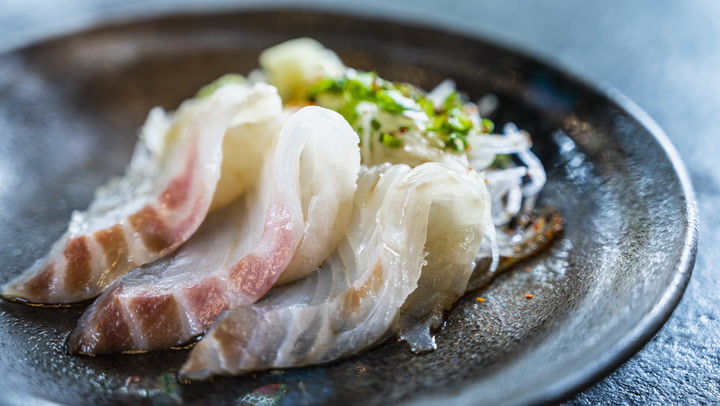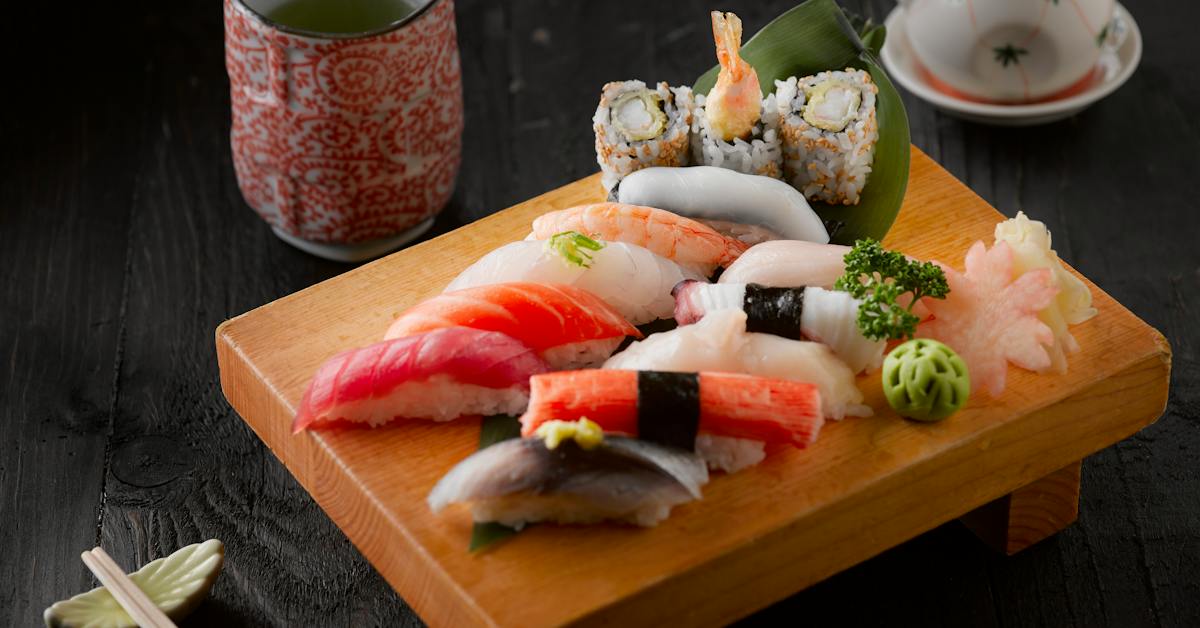What is Crudo? Exploring the Origins, Unique Preparation, and Delicious Variations
– Italian crudo: a simple version of crudo dressed with lemon, olive oil, and salt
– Japanese sashimi: traditionally not dressed with oil, but often served with citrus-based ponzu or soy-based sauces
– Ono’s sashimi dishes: lean more towards crudo or ceviche, with a combination of seasonal fruit and lime juice with fish
– Crudo: Italian and Spanish word for “raw,” refers to a dish of uncooked fish, shellfish, or meat dressed with seasoning
– Carpaccio: a type of crudo where the uncooked stuff is sliced thin and often dressed with olive oil and lemon
– Tartare: another type of crudo made with raw meat or seafood that is chopped up and bound with sauce or dressing
– Sashimi: a raw preparation not in the crudo category, made with carefully sliced raw fish rarely marinated, sauced, or garnished
– Ceviche: a cousin of the crudo family, made with raw seafood marinated in citrus juice to “cook” it and transform its texture
– Tiradito: a dish from Nikkei cuisine, a mash-up of raw fish sliced thinly like carpaccio or sashimi, often marinated for a short period of time
– Different cultures have different ways of making raw food delicious, and combining these traditions can result in great dishes.

